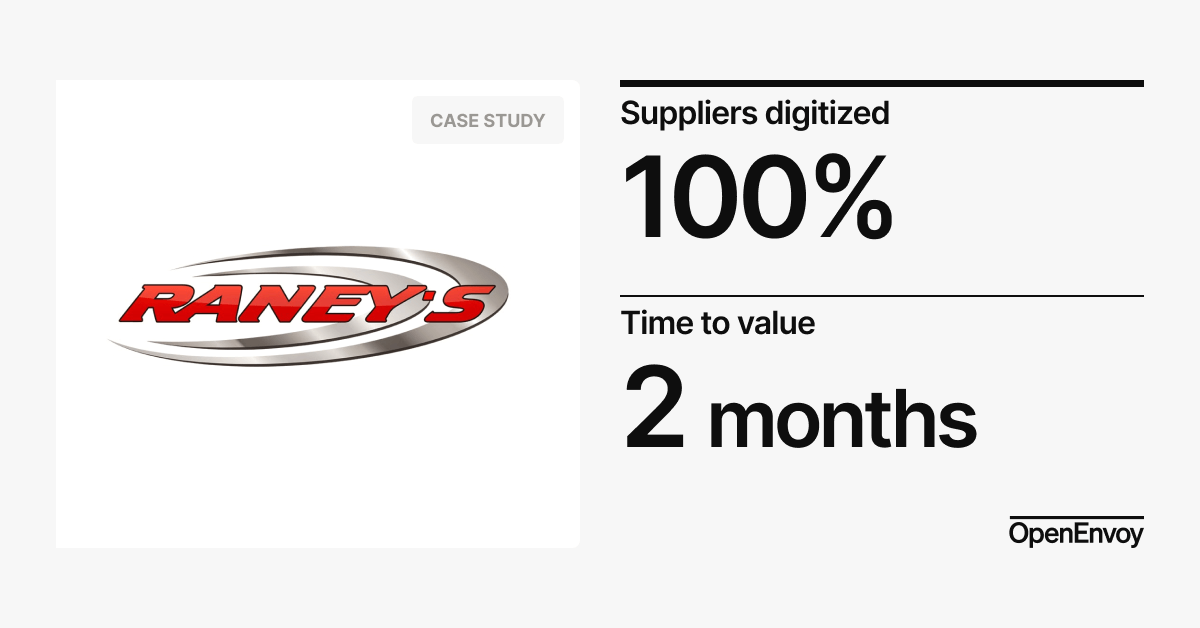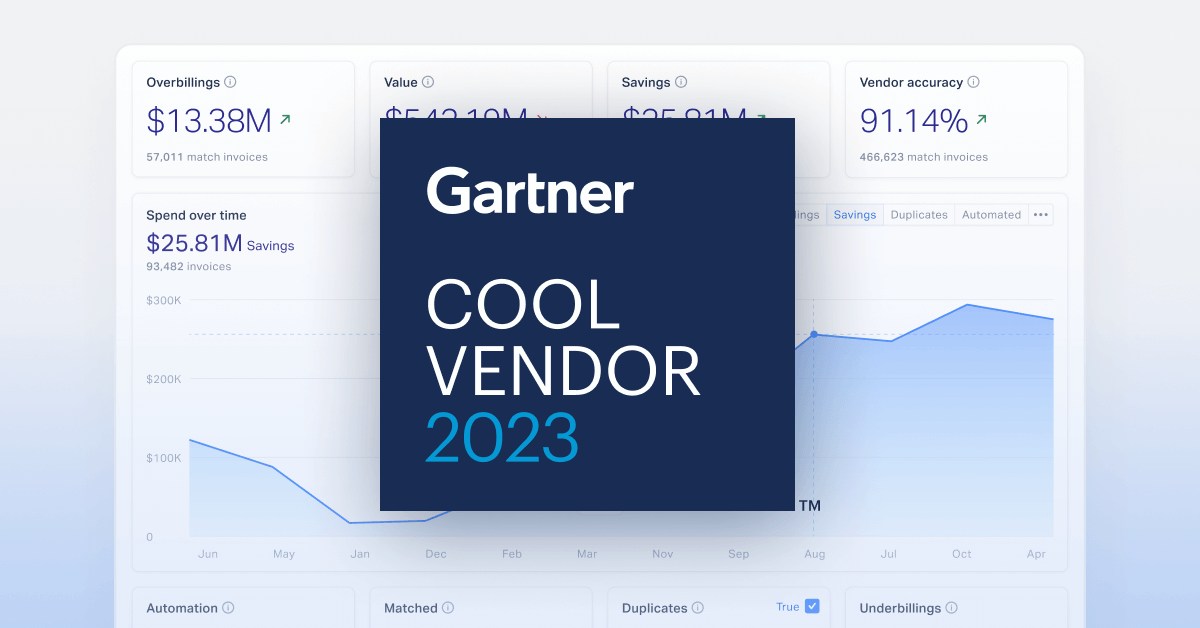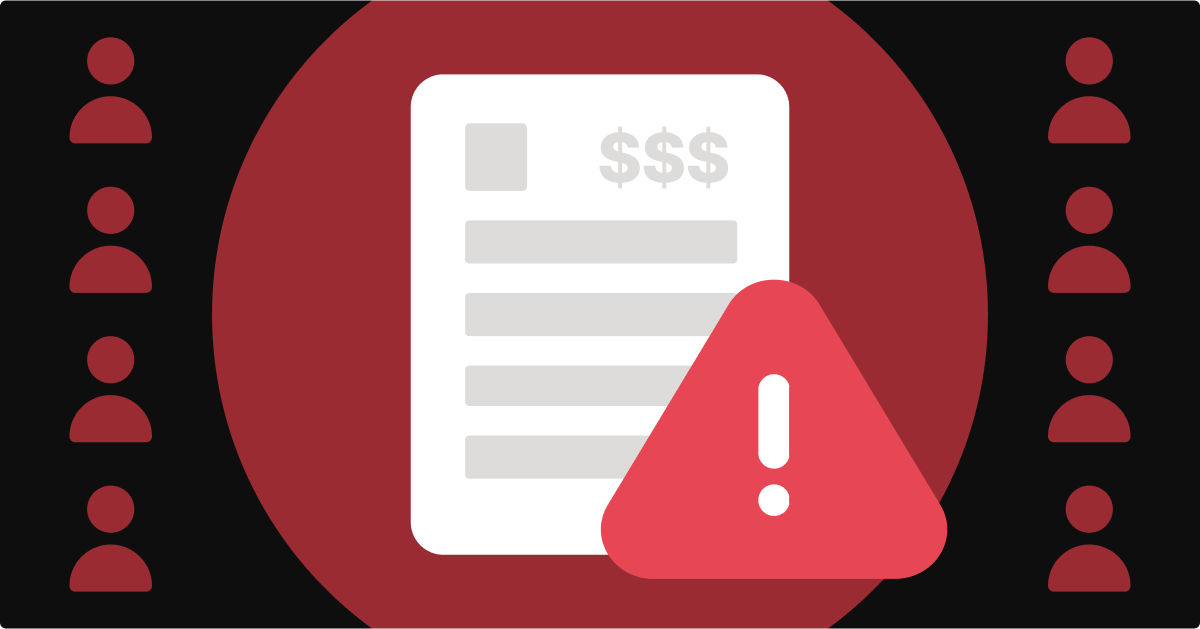There are many reasons an AP department may pay their vendors late: issues matching invoices to goods received, missing information, invoice discrepancies, or the desire to maximize monthly cash flow. Regardless of the reason for extending the payment timeline, before making your next round of invoice payments, consider the incentives of making payments early as there is a great opportunity to capture significant savings.
There are many overlooked benefits of paying vendors earlier that can create a win-win situation for vendors and buyers. The vendor can close out open balances earlier than anticipated, while the buyer not only avoids late fees but can capture a discount. For organizations with large purchase orders, these discounts can stack up considerably.
Types of Early Payment Discounts
Early payment discounts, also known as prompt payment discounts, are a type of trade finance where vendors incentivize buyers to pay outstanding balances before the due date by offering a discount on invoices. Many vendors do this to generate extra working capital through their accounts receivable. Due to the limited timeframe, buyers must act quickly to pay their invoices and secure the benefits of the cash discount.
There are traditionally three types of early payment discounts available to buyers:
Static discounts are a change to terms that allow buyers to receive discounts as long as they remit payment within a certain amount of time. For example, if an invoice has the terms 2/15 net 30, it means the customer has 30 days to pay the amount due but can deduct 2% of the total amount if they submit payment within 15 days.
Sliding scale discounts do not have a specific discount period. Instead, the amount of the discount is correlated directly with the day the invoice is paid. For example, if an invoice has the terms 2/10 net 30 pricing, it means the customer would receive less of a discount for every day that passes until the 10th day. After the 10th day the discount would no longer be available.
Dynamic discounts are a flexible arrangement that allows buyers to set a pool of their funds with the vendor for an expected rate of return. The vendor can access the funds when needed for investment purposes or to handle unforeseen costs, while the buyer gains a return on their excess cash. For example, a buyer could receive a 3% discount for paying a 90-day net invoice in 30 days. The buyer pays the invoice amount within the 30 days and essentially invests the payment for the remaining 60 days, then they receive a percent return on their capital.
Benefits of Early Payment Discounts
Paying invoices before their due date is very beneficial, especially if the funds are available and if doing so will not disrupt cash flow. While receiving the cash discount is enough reason for some companies to participate, the ability to sustain good business credit and strengthen vendor relationships is also an advantage. Positive payment history can create possibilities for favorable treatment in rate negotiations and open doors for further partnership with vendors.
By receiving early payment, vendors can optimize their days sales outstanding (DSO) and improve their working capital. In instances where dynamic discounting is leveraged, vendors can use the extra funds to invest in process enhancements or handle unexpected costs. By participating in trade financing like dynamic discounting, buyers invest in the resiliency of their supply chain along with reaping a return, making it a win-win scenario for both parties.
Leverage Automation to Get Payments Sent Faster
Understanding the state of business spending is critical in deciding whether or not to release invoice payments before their due dates. A common challenge AP teams encounter is having a lack of end-to-end visibility, meaning they do not have access to real-time insights to help them analyze the status of their cash flow. Real-time views of company spending allows AP teams to decide when it is advantageous to make early payments and when to hold on to funds to maximize working capital.
Another barrier to making payments earlier in the billing cycle is the inefficiency of manual AP systems. Many finance teams have to use two or more error-prone entry systems, which can delay payments and cause wasted spend. To participate in early payment discounts, accounts payable teams need a centralized processing system to enhance efficiency and visibility.
Advanced AP automation solutions increase error identification in invoices before payment is executed to reduce wasted spend and offer real-time insights for improved financial management. By leveraging the power of an AP automation solution, finance leaders and teams can benefit from faster invoice turnaround times to capture early payment discounts.
Learn how your organization can get access to real-time spend insights to start eliminating wasted spend by scheduling a demo with an OpenEnvoy expert today, visit https://openenvoy.com/contact-us/.



-1.png?width=620&height=620&name=1600x1600-2%20(2)-1.png)


